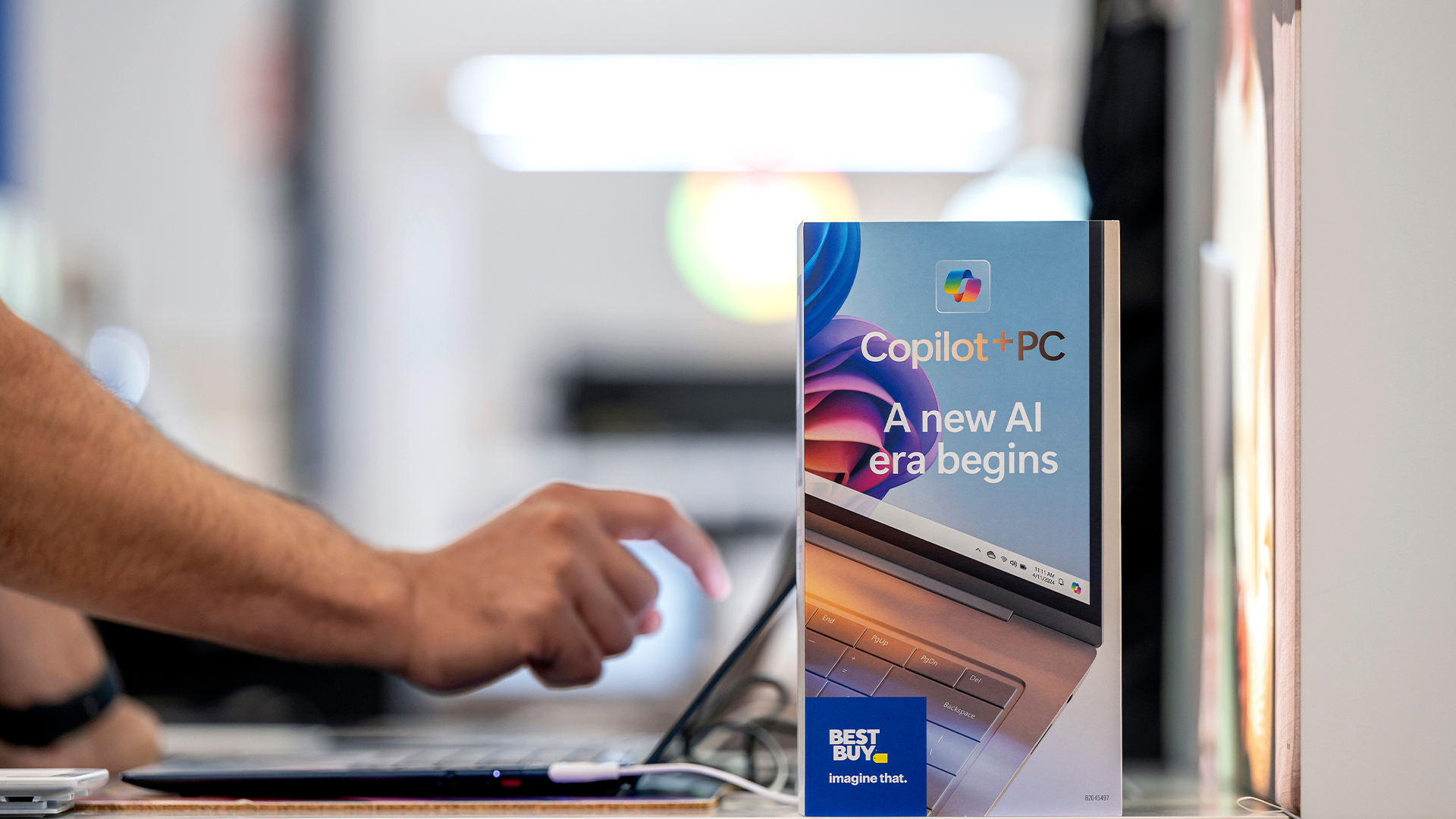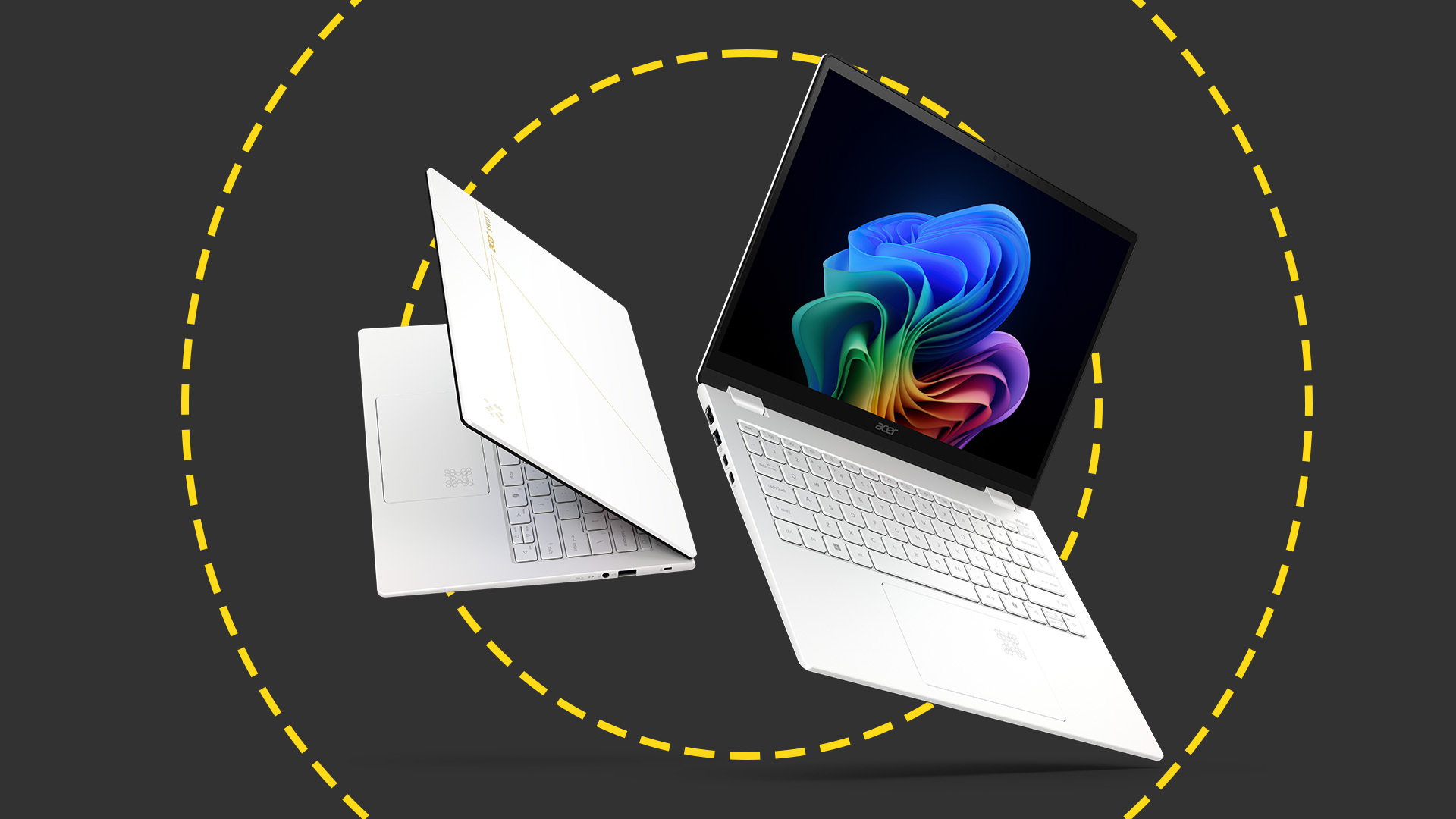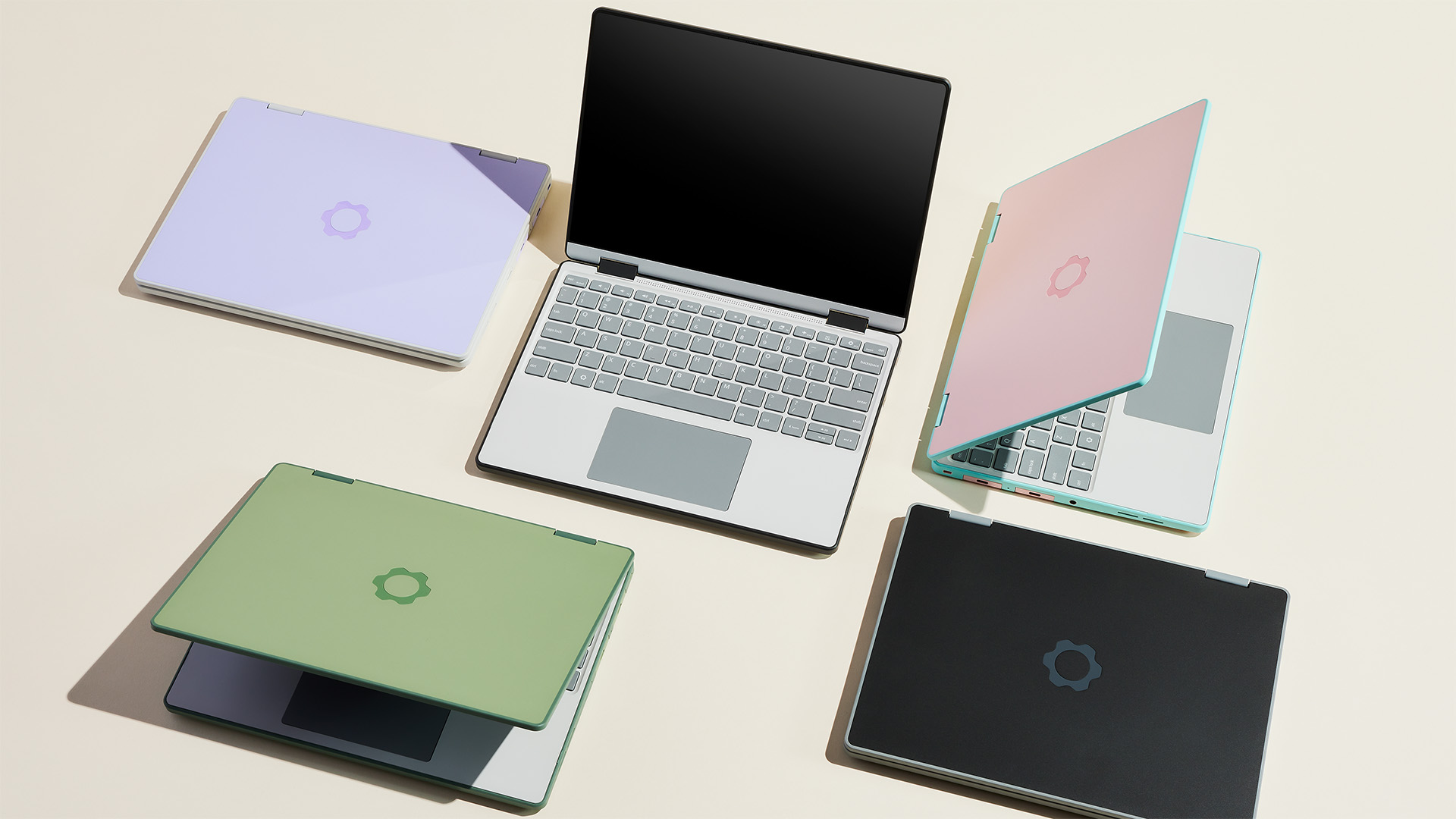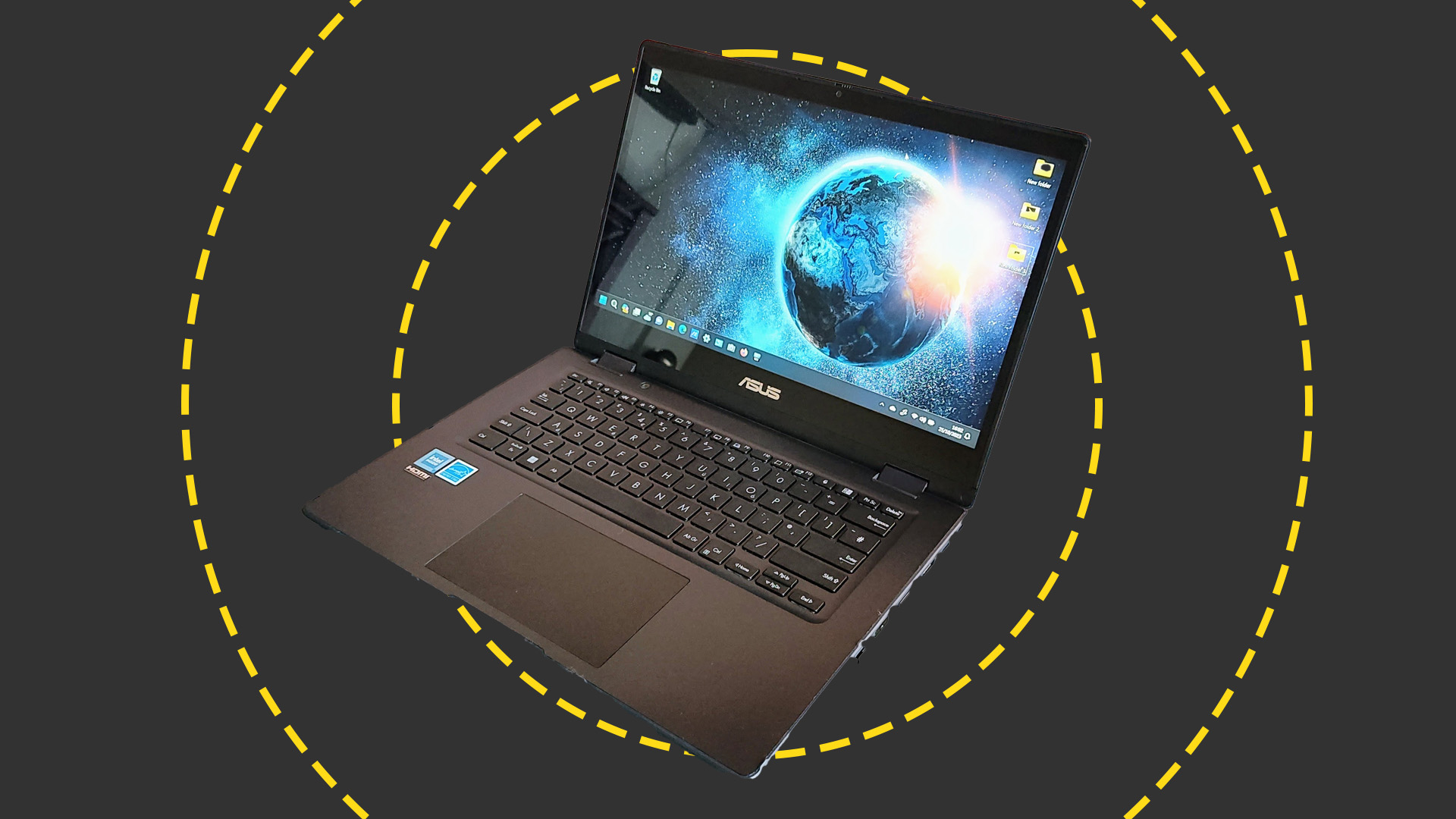New MacBook for 2015: The laptop of the future that none of us are ready for?
Minimalism, Intel and keyboards as Alan Lu ponders Apple’s most audacious laptop yet

OPINION: The new 12in Retina Macbook, or simply MacBook', is classic Apple. The Cupertino powerhouse is famed for both its minimalism and its willingness to reject legacy technologies. The new MacBook is the most striking example yet of these two tendencies.
USB sticks and Ethernet may be things of the past in the Cupertino, but they're essential for the rest of us living in a world where wireless technologies don't always work.
Apple claims the new MacBook is its thinnest and lightest laptop yet at 13.1mm and 907g respectively. It's achieved these impressive dimensions mainly by ejecting as many ports as possible. USB3, Thunderbolt 2, SDXC, even the MagSafe power connector they're all gone in favour of USB-C. This new port, which uses a reversible connector similar to the Lightning connector on iOS devices, is used for everything power, video and data. It harkens back to the very first, now forgotten Macbook Air released back in 2008 which only had a single USB2 port.
Apple's vision is that we'll use Wi-Fi and Bluetooth for everything, but buyers of this laptop will likely be dependent on docking stations and adapters - at least in the near to medium term future. USB sticks and Ethernet may be things of the past in the Cupertino, but they're essential for the rest of us living in a world where wireless technologies don't always work. Still, it's clear from Apple's official name for this model that Tim Cook and co see this as the future of computing it's simply called MacBook', no more and no less.
Enterprises are of course notoriously conservative and it's unlikely many in the business world outside of the executive suite will adopt the 12in Retina MacBook in mass as soon as it goes on sale. That makes especially good sense in this case, if only because of the processors involved. Apple has equipped this laptop with Intel's new Broadwell' Core M processors, the most power-efficient processors from Intel yet, enabling it to get rid of the cooling fans.
The thing is that Broadwell's introduction was so heavily delayed that its successor, code-named Skylake, is already due for launch this autumn. By the time businesses have conducted their assessments on where the 12in Retina MacBook fits in their deployments, the Skylake version of this laptop will almost certainly be available. This will not only have the performance and energy efficiency boots promised in Skylake, but Apple will doubtless have fixed any teething issues that crop up in this dramatically thin new design.
And there could well be teething issues. The litany of product recalls for everything from faulty MacBook Pro graphics chips to iPhone 5 buttons shows that not even the well-oiled Apple machine is immune from hardware defects. A super-thin, fanless laptop packed with the latest technology produced using the latest fabrication techniques on a mass scale is no walk in the park.
I can't talk about a new laptop without casting a long, hard glance at its keyboard and touchpad. Apple's laptop keyboards and touchpads are among the best in the industry, trumping efforts from almost all its competitors.
Sign up today and you will receive a free copy of our Future Focus 2025 report - the leading guidance on AI, cybersecurity and other IT challenges as per 700+ senior executives
But that doesn't mean they're perfect. For me personally, the best laptop keyboard Apple made was the one it debuted in the 13in MacBook Pro. That's the one with the built-in DVD writer and non-Retina screen and, surprisingly, is still available to buy today albeit with increasingly aging specifications. Its keyboard has a combination of feedback, travel and resistance that hasn't been matched by any MacBook keyboard since.
Apple marketing chief Phil Schiller has waxed poetic about the technology used in the new MacBook's keyboard. Apparently, the new butterfly switches underneath every key are less prone to wobbling at the sides when pressed compared to the scissor switches used elsewhere. It remains to be seen whether this new keyboard can trump its predecessor especially in such a thin casing, which is often the enemy of good keyboard design.
Then there's the touchpad which uses the Force Touch pressure sensitive technology originally developed for the Apple Watch. Whether this will meaningfully improve the way we use touchpads, as multi-touch gestures did when they were first introduced, or becomes an option that's quickly turned off and forgotten, remains to be seen.
The fact that almost every aspect of the new 12in Retina MacBook was leaked beforehand doesn't diminish its audaciousness. Apple wants ports to go the way of the floppy. It's trying to redefine the way you use the touchpad.
It's a laptop only Apple could build and we'll bring you a full review as soon as we can.
-
 Trump's AI executive order could leave US in a 'regulatory vacuum'
Trump's AI executive order could leave US in a 'regulatory vacuum'News Citing a "patchwork of 50 different regulatory regimes" and "ideological bias", President Trump wants rules to be set at a federal level
-
 TPUs: Google's home advantage
TPUs: Google's home advantageITPro Podcast How does TPU v7 stack up against Nvidia's latest chips – and can Google scale AI using only its own supply?
-
 AI PCs will ‘become the norm’ by 2029 as enterprise and consumer demand surges
AI PCs will ‘become the norm’ by 2029 as enterprise and consumer demand surgesNews AI PCs are expected to make up a significant portion of the total PC market by the end of 2025 - and Gartner says they'll "become the norm" by 2029.
-
 The Lenovo IdeaPad Slim 3x is a well-rounded budget laptop that punches above its weight
The Lenovo IdeaPad Slim 3x is a well-rounded budget laptop that punches above its weightReviews The Qualcomm Snapdragon X-powered laptop packs a punch for the price
-
 Acer's new Swift Edge 14 AI is a Copilot+ MacBook Air killer
Acer's new Swift Edge 14 AI is a Copilot+ MacBook Air killerNews Acer's new Swift Edge 14 AI is an ultra-lightweight, compact productivity powerhouse.
-
 ‘We would have to sell the lowest-end SKUs at a loss’: Framework says it’s ‘temporarily pausing’ some US laptop sales amid tariff disruption
‘We would have to sell the lowest-end SKUs at a loss’: Framework says it’s ‘temporarily pausing’ some US laptop sales amid tariff disruptionNews Modular laptop designer Framework says it is “temporarily pausing US sales” in response to the disruption caused by US tariffs on Taiwanese imports.
-
 Acer Chromebook Plus 515 review: A brilliant big-screen workhorse for tight budgets
Acer Chromebook Plus 515 review: A brilliant big-screen workhorse for tight budgetsReviews Compromises have been made to stay in budget, but the Plus 515 makes sense as a hard-working, cost-conscious Chromebook
-
 Acer Chromebook Plus 514 review: A better class of budget Chromebook for business use
Acer Chromebook Plus 514 review: A better class of budget Chromebook for business useReviews The Chromebook Plus 514 is a solid, speedy Chromebook on a limited budget
-
 ASUS Vivobook Pro 16X OLED (K6604) 2023 review: An extraordinary omnicompetent laptop
ASUS Vivobook Pro 16X OLED (K6604) 2023 review: An extraordinary omnicompetent laptopReviews If there's a task the new Vivobook Pro 16X can't do well, and quickly, we can't find it – it's a jack-of-all-trades par excellence
-
 Asus BR1402 review: Rugged modularity for the classroom and workplace
Asus BR1402 review: Rugged modularity for the classroom and workplaceReviews The BR1402 is no powerhouse, but it's versatile, rugged, and crammed with useful features